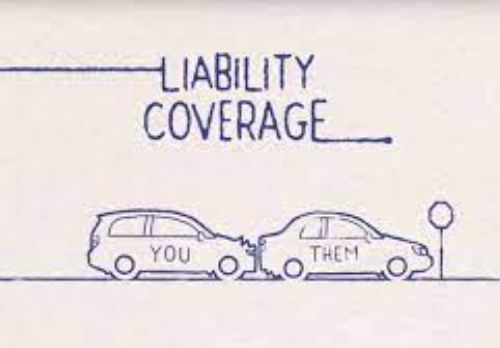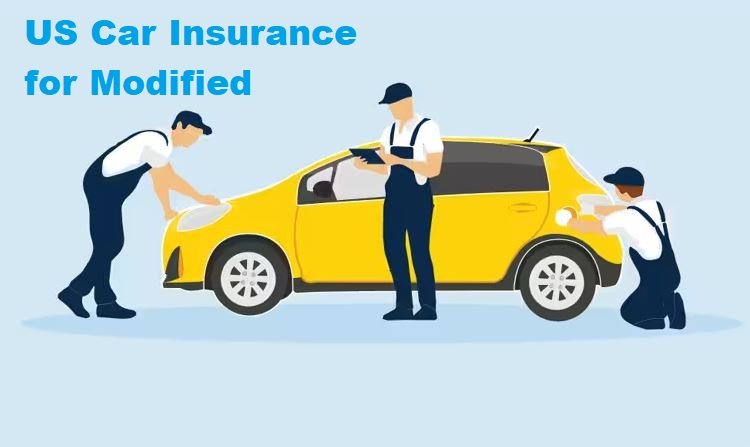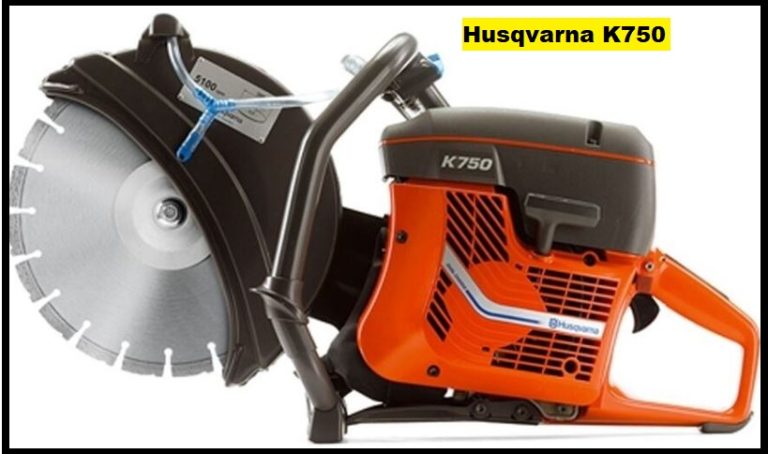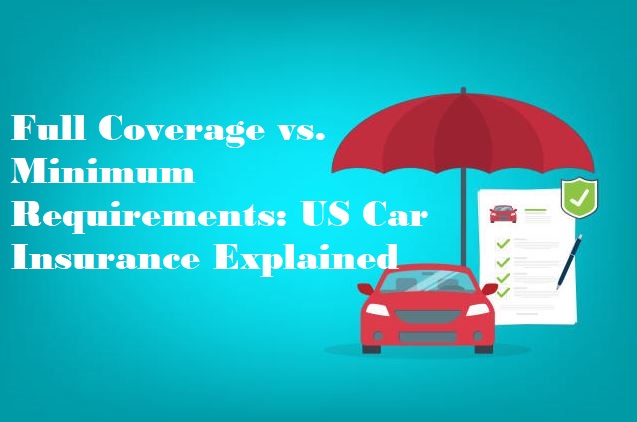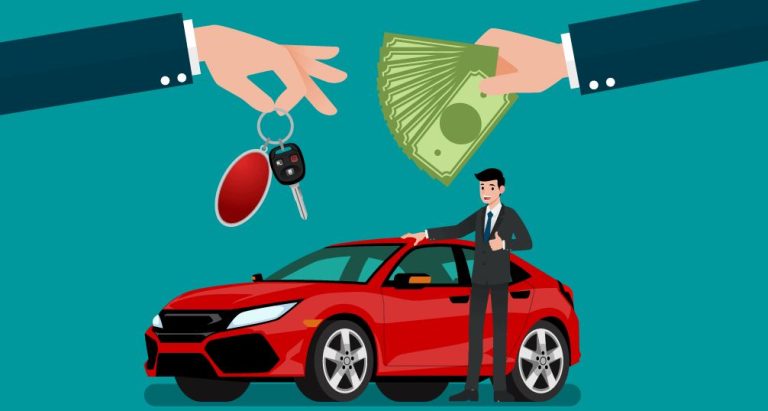Hitting the open road on a motorcycle is an exhilarating experience, offering a sense of freedom and connection to the world around you. But before you twist the throttle, it’s crucial to ensure you’re properly protected. Motorcycle insurance safeguards you financially in case of accidents, theft, or other unforeseen circumstances. This guide delves into the different types of motorcycle insurance available in the US, helping you navigate the options and choose the coverage that best suits your needs.

What is Motorcycle Insurance Coverage
Unlike car insurance, motorcycle insurance isn’t typically mandated by all states. However, it’s highly recommended for several reasons. Motorcycles are generally more vulnerable in collisions compared to cars, and medical expenses from motorcycle accidents can be significant. Insurance provides a financial safety net, offering peace of mind while you enjoy your ride.
Here’s a breakdown of the primary coverage options in US motorcycle insurance:
- Liability Coverage: This is often the minimum required coverage by states. It covers bodily injury and property damage caused to others if you’re at fault in an accident. Liability limits are typically denoted in a format like “$50,000/$100,000/$25,000,” which translates to:
- $50,000 for bodily injury per person involved in the accident.
- $100,000 for total bodily injury liability per accident.
- $25,000 for property damage liability.
- Uninsured/Underinsured Motorist Coverage (UM/UIM): This coverage protects you if you’re hit by a driver who has no liability insurance (uninsured) or not enough insurance to cover your damages (underinsured). UM/UIM coverage comes in two parts: bodily injury and property damage.
- Collision Coverage: This reimburses you for repairs or replacement of your motorcycle if it’s damaged in a collision with another vehicle or object.
- Comprehensive Coverage: This covers your motorcycle for losses arising from events other than collisions, such as theft, fire, vandalism, weather damage, and animal strikes.
- Medical Payments Coverage (MedPay): This pays for your medical bills, regardless of fault, if you’re injured in a motorcycle accident. It can be a valuable addition, especially if you don’t have health insurance.
Additional Coverage Options:
Many insurance companies offer additional coverage options for motorcycles, such as:
- Custom Parts and Accessories Coverage: This reimburses you for the value of customized parts and accessories added to your motorcycle.
- Towing and Roadside Assistance: This covers the cost of towing your motorcycle to a repair shop in case of a breakdown.
- Trip Interruption Coverage: This can reimburse you for non-refundable trip expenses if your motorcycle is damaged or stolen while on a trip.
Choosing the Right Coverage for You
The ideal motorcycle insurance coverage depends on several factors, including:
- Value of your motorcycle: If you have a brand-new, expensive motorcycle, comprehensive and collision coverage are likely essential. For older bikes, you might opt for liability only.
- Your riding experience: New riders may benefit from more comprehensive coverage to account for a higher risk of accidents. Experienced riders with a clean record might choose lower coverage limits.
- Your financial situation: Consider how much you can comfortably afford for monthly premiums. Weigh the cost of insurance against the potential financial burden of repairs or replacements.
Tips for Getting Affordable Motorcycle Insurance
Here are some ways to save money on motorcycle insurance:
- Shop around and compare quotes: Don’t settle for the first offer you receive. Get quotes from multiple insurance companies to find the best rates.
- Maintain a good driving record: Traffic violations and accidents can significantly increase your insurance premiums.
- Take safety courses: Completing motorcycle safety courses might qualify you for discounts on your insurance.
- Increase your deductible: A higher deductible lowers your monthly premium, but you’ll be responsible for paying more out of pocket if you need to file a claim.
- Motorcycle storage: Storing your motorcycle in a secure location like a garage can earn you a discount.
- Multi-policy discounts: Insuring your motorcycle with the same company you use for car or home insurance may qualify you for a multi-policy discount.
FAQs on US Motorcycle Insurance
What is the minimum motorcycle insurance required by law?
Minimum coverage varies by state, but it typically includes bodily injury and property damage liability.
Is comprehensive and collision coverage mandatory?
No, comprehensive and collision coverage are optional. However, they are highly recommended, especially for newer or expensive motorcycles.
How much does motorcycle insurance cost?
The cost depends on factors like your location, motorcycle type, coverage chosen, driving record, and age. Premiums can range from a few hundred dollars annually to several thousand.
What are some factors that can affect my motorcycle insurance rate?
In addition to the factors mentioned above, your insurance rate can be influenced by your credit score, motorcycle usage (e.g., commuting vs. occasional riding), and motorcycle safety features (e.g., anti-lock brakes).
How can I file a motorcycle insurance claim?
Contact your insurance company immediately after an accident or incident. They will guide you through the claims process, which typically involves filing a report, providing documentation, and getting repairs authorized.
What happens if I cancel my motorcycle insurance mid-term?
You might be eligible for a pro-rated refund of your premium depending on your policy and insurance company. However, riding a motorcycle without insurance is illegal and risky.
Can I modify my motorcycle insurance coverage after I purchase a policy?
Yes, you can usually contact your insurance company to add, remove, or adjust your coverage throughout the policy term.
What if I disagree with my insurance company’s claim settlement?
If you’re unhappy with the settlement offer, you can try negotiating with your insurance company. You might also have the option to file a complaint with your state’s insurance department.
Is there a grace period for paying my motorcycle insurance premium?
Most insurance companies offer a grace period (usually a few days) before canceling your policy for non-payment. However, it’s crucial to pay your premiums on time to avoid a lapse in coverage.
How can I find a reputable motorcycle insurance company?
Research online review platforms, compare quotes from different companies, and consider factors like customer service reputation and financial stability.
By understanding the different types of coverage available, the factors affecting your premium, and the tips for saving money, you can navigate the world of motorcycle insurance with confidence. Remember, the right coverage protects your investment and provides peace of mind, allowing you to focus on the joy of riding.

